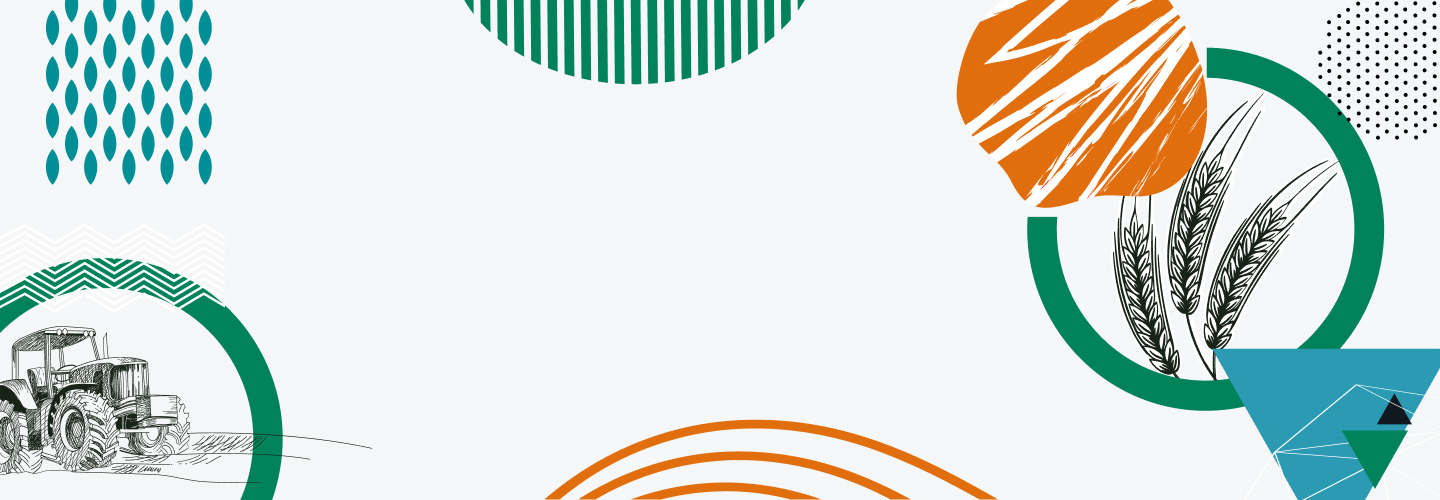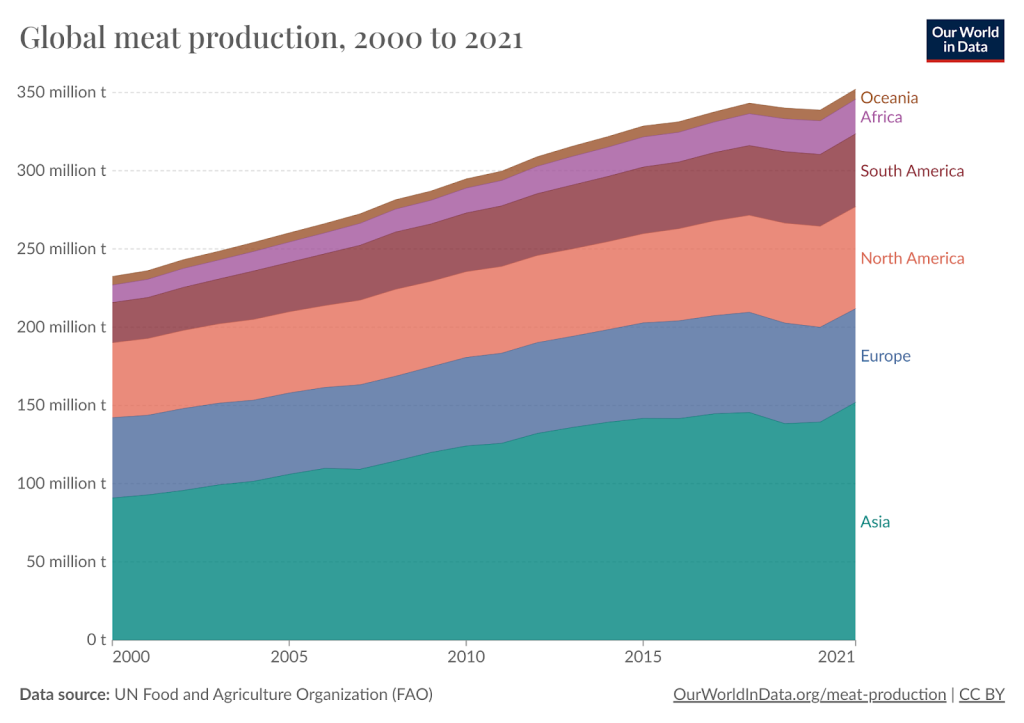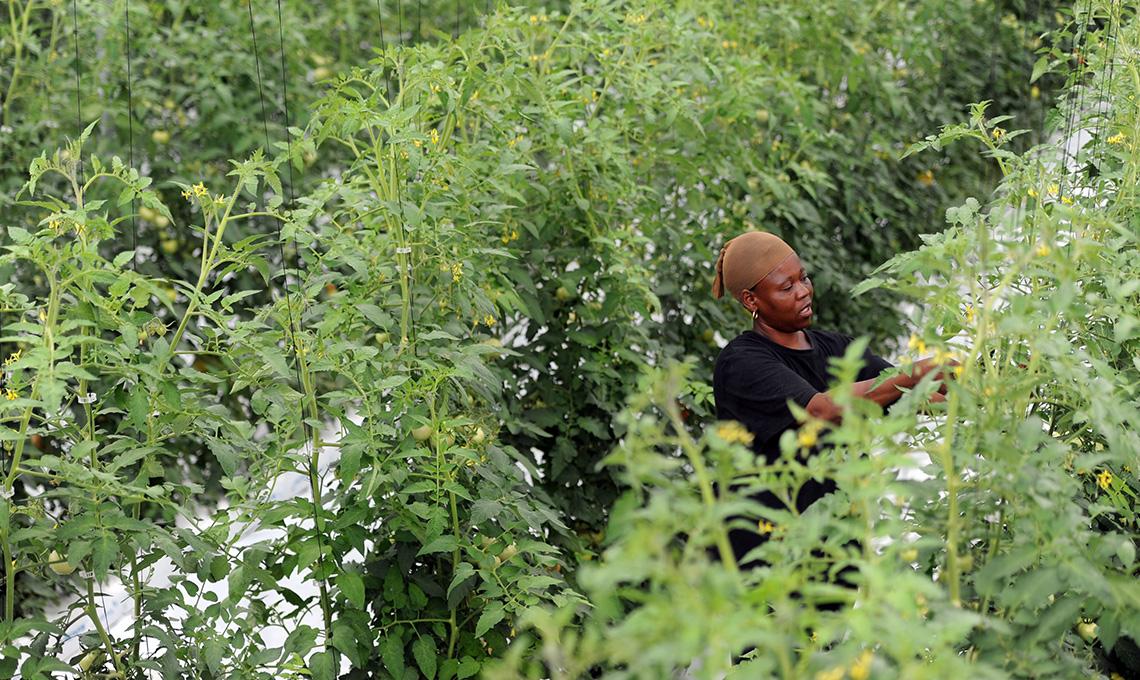
Navigating Agricultural Commodity Price Surges Amid Climate Challenges
As the sun rises over the American Midwest, farmers are bracing themselves for a turbulent growing season. The forecast indicates unpredictable weather patterns, a dire consequence of climate change, which has already led to significant price surges in agricultural commodities. As of May 9, 2025, wheat prices have surged by 10%, corn is selling at $5.80 per bushel, and soybeans have reached $14.50 per bushel. These fluctuations are alarming investors, who must now grapple with the volatile reality of agricultural markets impacted by climate change.

Overview of Agricultural Commodity Price Trends
The increasing prices of key agricultural commodities are not isolated incidents but rather signals of deeper systemic issues. The interplay of climate change, market dynamics, and geopolitical factors is creating a perfect storm for price volatility in the agricultural sector. Crop yields are diminishing due to erratic weather patterns, which are becoming more prevalent as global temperatures rise. According to the U.S. Department of Agriculture (USDA), adverse weather conditions, including droughts and excessive rainfall, are expected to decrease yields across various regions in the United States and globally.
Key Drivers of Price Increases
Climate Change
At the forefront of these price increases is climate change, which is severely affecting agricultural productivity. The National Oceanic and Atmospheric Administration (NOAA) has reported a direct correlation between rising temperatures and crop yields, with projections indicating continued declines if current trends persist. The USDA forecast for corn production, for instance, is expected to be significantly lower due to anticipated drought conditions in key growing regions.
Market Reactions
Investors are responding to these changes by recalibrating their portfolios. Many are pivoting towards commodities that promise higher returns amidst volatility. "The market is reacting to the climate crisis more swiftly than we anticipated," says Dr. Emily Martin, an agricultural economist at the University of Illinois. "Investors are increasingly looking to hedge against these unpredictable changes by diversifying their holdings in agricultural commodities."
Strategic Recommendations for Investors
Given the complexities surrounding agricultural commodities, investors are advised to adopt various strategic approaches:
-
Diversify Portfolios: By incorporating a mix of agricultural commodities, investors can mitigate risk. Different crops often respond differently to climatic changes, and diversification can cushion against localized failures.
-
Utilize Futures Contracts: Engaging in hedging strategies through futures contracts is a prudent way to protect against price fluctuations. By locking in prices ahead of time, investors can safeguard their investments from rapid market changes.
-
Monitor Weather Patterns: Staying informed about weather forecasts and agricultural reports is crucial. Understanding climatic conditions can provide insight into potential market movements and help investors make informed decisions.

Conclusion
The agricultural sector is facing unprecedented challenges as climate change continues to reshape the landscape of commodity prices. As prices surge, investors must adopt proactive and strategic approaches to navigate the complexities of this evolving market. By diversifying portfolios, engaging in futures contracts, and closely monitoring weather patterns, stakeholders can better manage risks associated with rising commodity prices.
In a world where unpredictability is becoming the norm, adapting investment strategies to accommodate climate realities is not just advisable but essential. The agricultural market is no longer just about supply and demand; it is a testament to the broader impacts of climate change and the urgent need for adaptive strategies in investment practices.
Keywords
- Agriculture
- Commodities
- Climate Change
- Price Surge
- Investment Strategy
References
